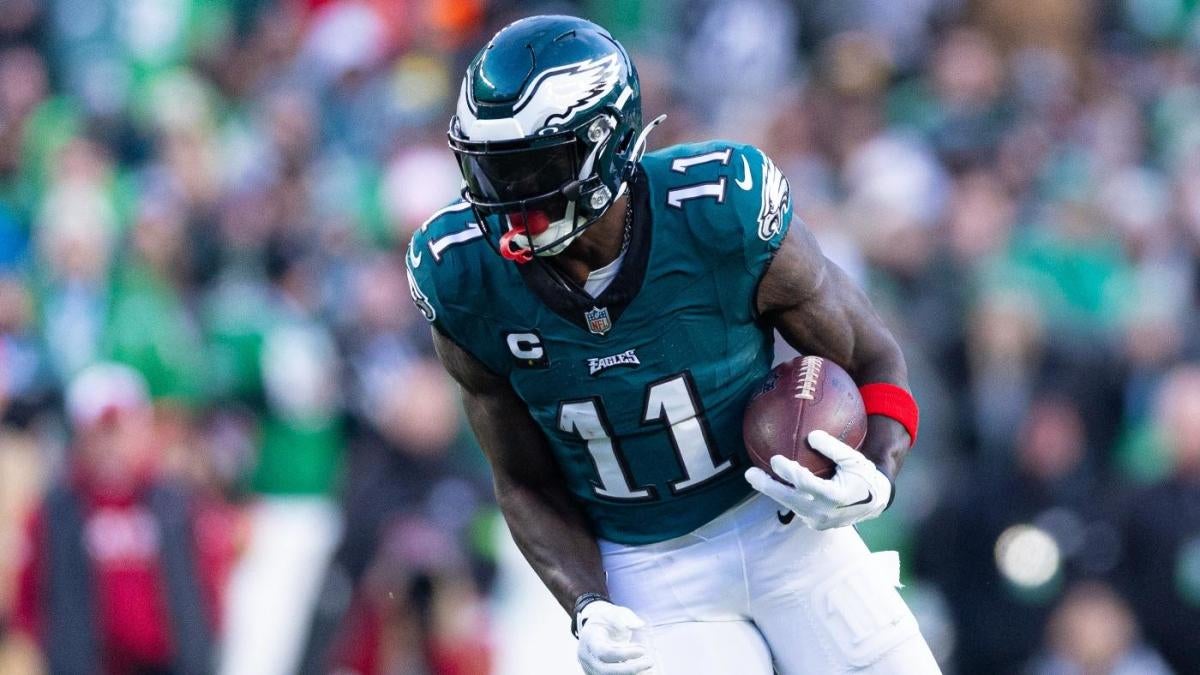
The evolution of basketball isn’t just about the players or the equipment but profoundly tied to the strategies and tactics that coaches and players have developed over the decades. From the humble hardwood floors of the YMCA to the gleaming arenas of the NBA, the tactical approach to basketball has always been a reflection of its times.
The Early Days: Simplicity and Two-handed Set Shots
In the formative years of basketball, the game was much slower. Offenses were basic, mostly revolving around fundamental passes and two-handed set shots. The priority was on maintaining possession rather than rapid ball movement or flashy plays. It was an era where patience was a virtue, and players often wore canvas shoes and had minimal specialized training. The simplicity of the game mirrored the simplicity of the times, where sportsmanship and camaraderie were paramount.
The Birth of the Fast Break
In the 1950s and 60s, teams began to recognize the potential of turning defense into offense quickly. This period saw the rise of the fast break. Teams like the Boston Celtics, under legendary coach Red Auerbach, perfected this strategy, turning defensive rebounds into rapid offensive points. The likes of Bob Cousy and Bill Russell became synonymous with this style, emphasizing the importance of quick transitions. This era shifted the game from a methodical pace to a race against the clock, adding an adrenaline rush to every possession.
The Dominance of the Big Men and Low Post Play
The 70s and 80s were the era of the big men. Centers like Kareem Abdul-Jabbar, Bill Russell, and Wilt Chamberlain dominated. Teams would often work the ball into the low post, allowing these giants to either take a high-percentage shot or find an open teammate.
The Emergence of the Three-point Line
Introduced in the NBA in the 1979-80 season, the three-point line changed the game. What was initially seen as a gimmick became a crucial part of team strategy. Sharpshooters like Larry Bird and Reggie Miller made careers out of exploiting this new rule, stretching defenses thin.
The Spread Offense and Positionless Basketball
In the late 2000s and into the 2010s, teams began focusing on floor spacing and versatile players who could play multiple positions. This evolution was personified by teams like the Golden State Warriors, who boasted a lineup of players capable of shooting, passing, and defending multiple positions. The concept of traditional roles (point guard, center) became blurred.
Modern Day: Data-driven Basketball
Today, teams use advanced analytics to inform their strategies. Player tracking technology and detailed stats influence decisions on who to play, where to shoot from, and how to defend. The rise of players like James Harden, known for his efficiency in shooting threes and driving for layups, reflects this data-driven era.
Conclusion and the Future
Basketball strategy has always evolved, reflecting changes in player abilities, rules, and technology. As the game becomes more global, diverse playing styles from leagues worldwide will undoubtedly influence the NBA and other top competitions.
Bonus: The Intersection of Basketball and Technology
In the digital age, basketball isn’t just confined to courts and stadiums. Platforms like bitcoincasino.us are marrying the world of sports with the burgeoning domain of cryptocurrencies, offering fans new ways to engage with their favorite sports and potentially reap rewards.
Go to Source
Author: Team Dunkest
September 25, 2023 | 12:00 pm


































